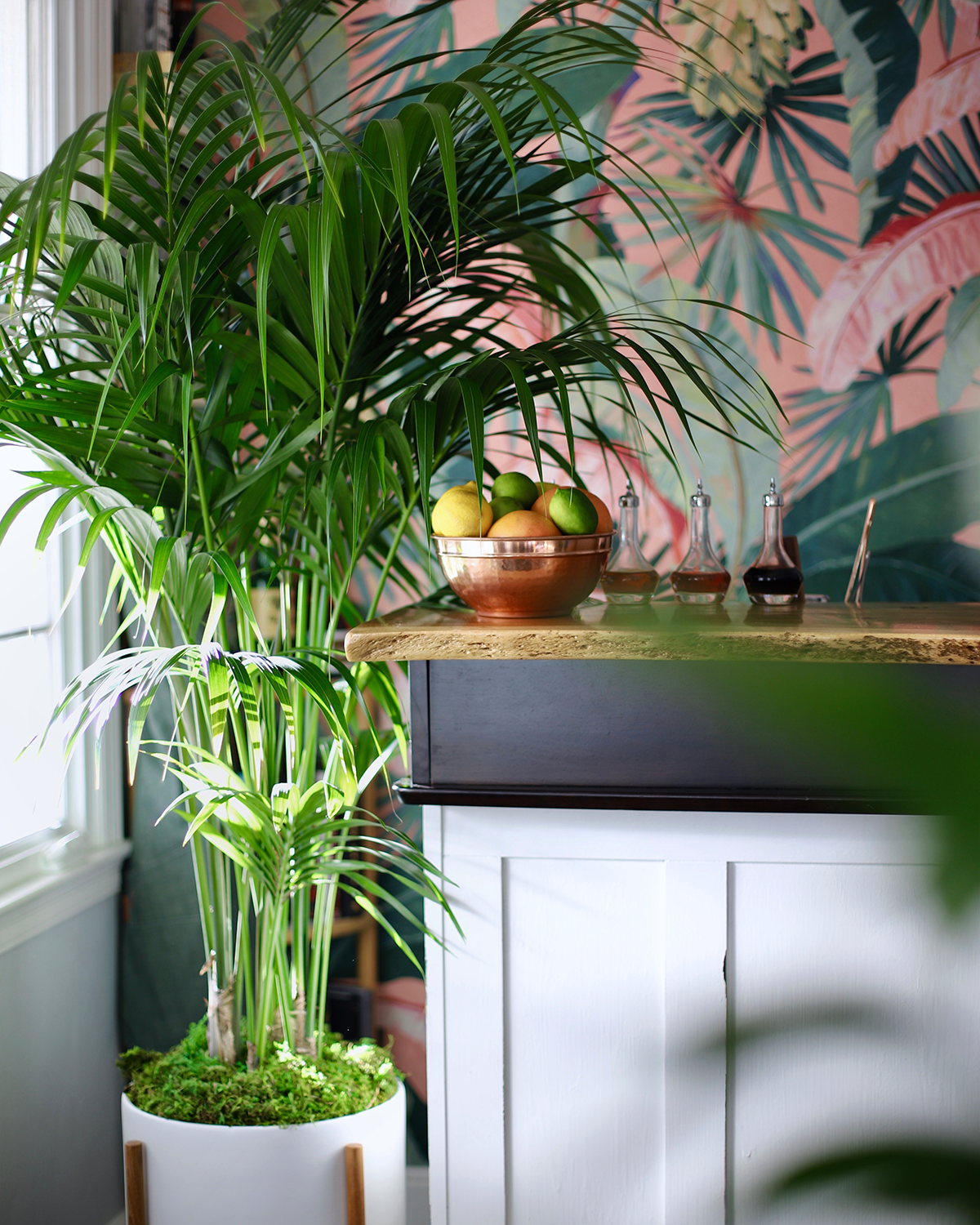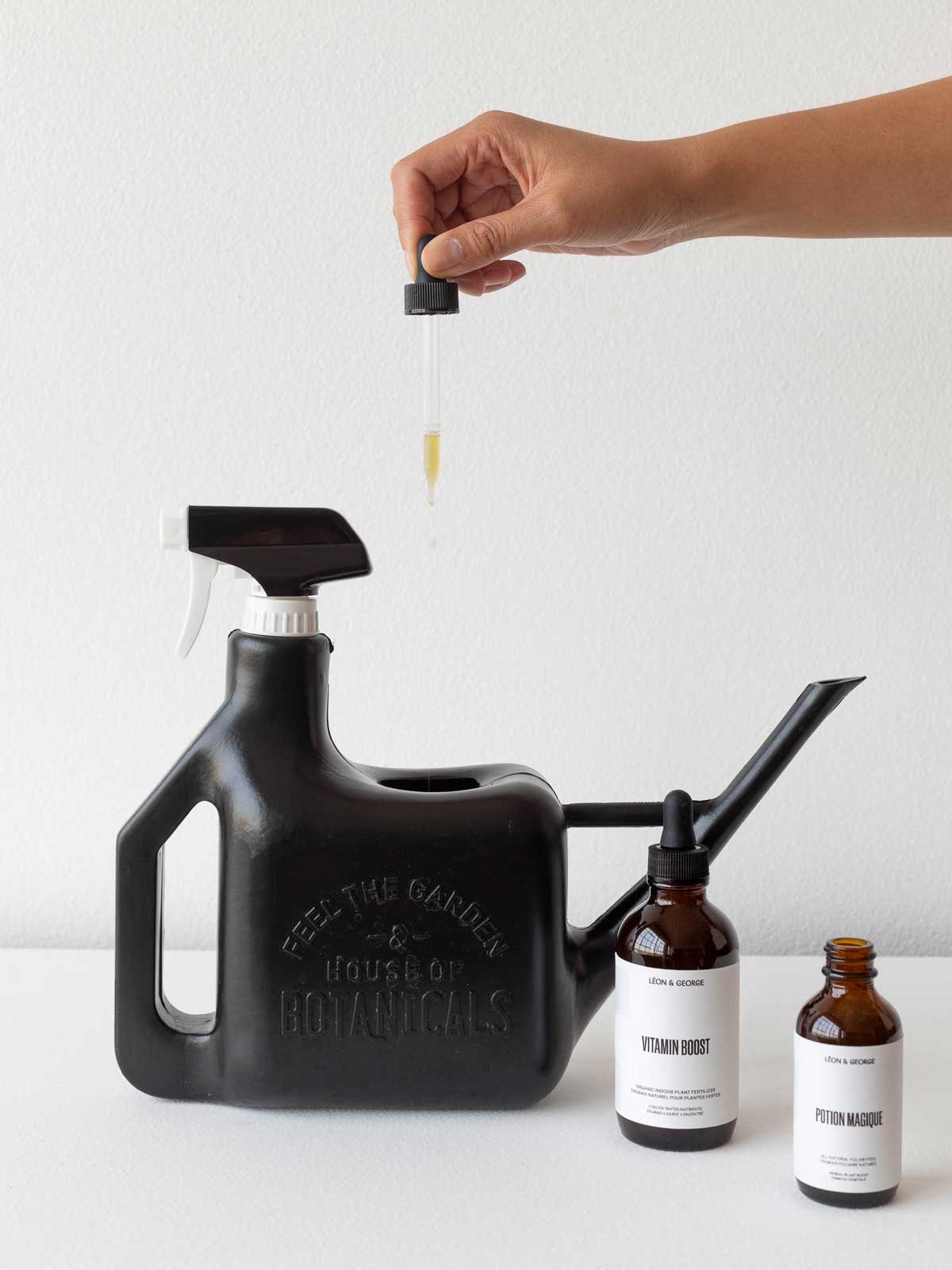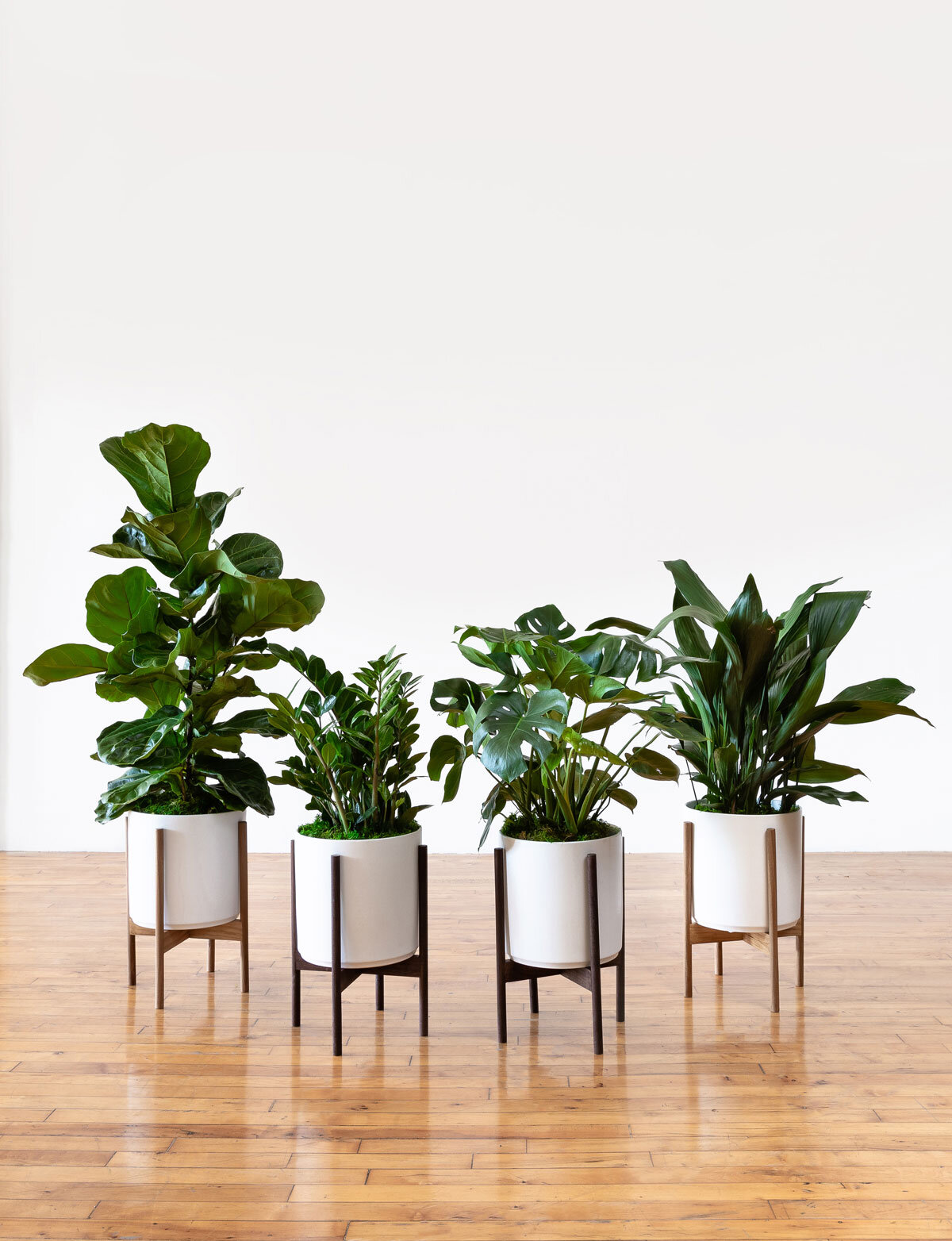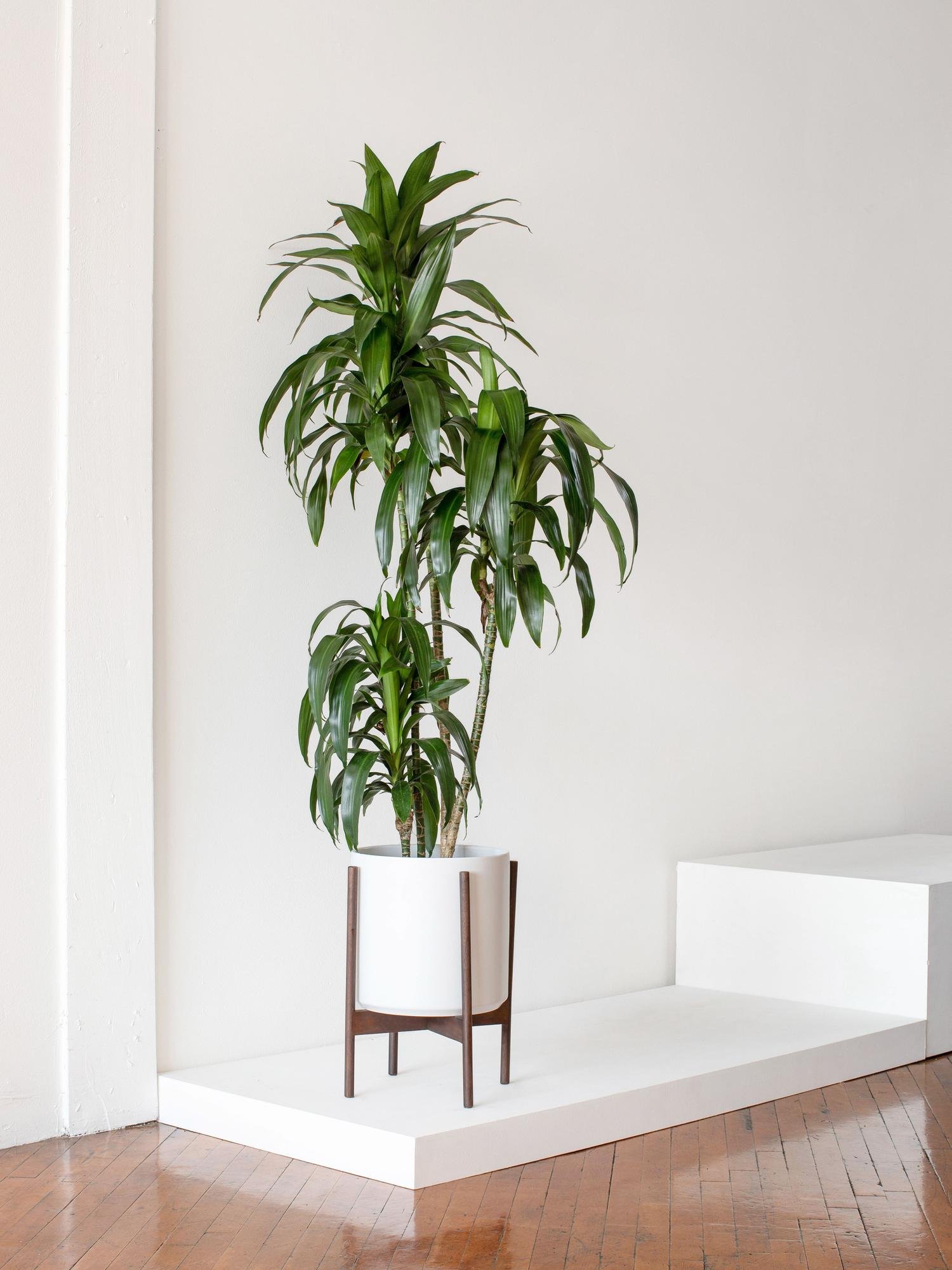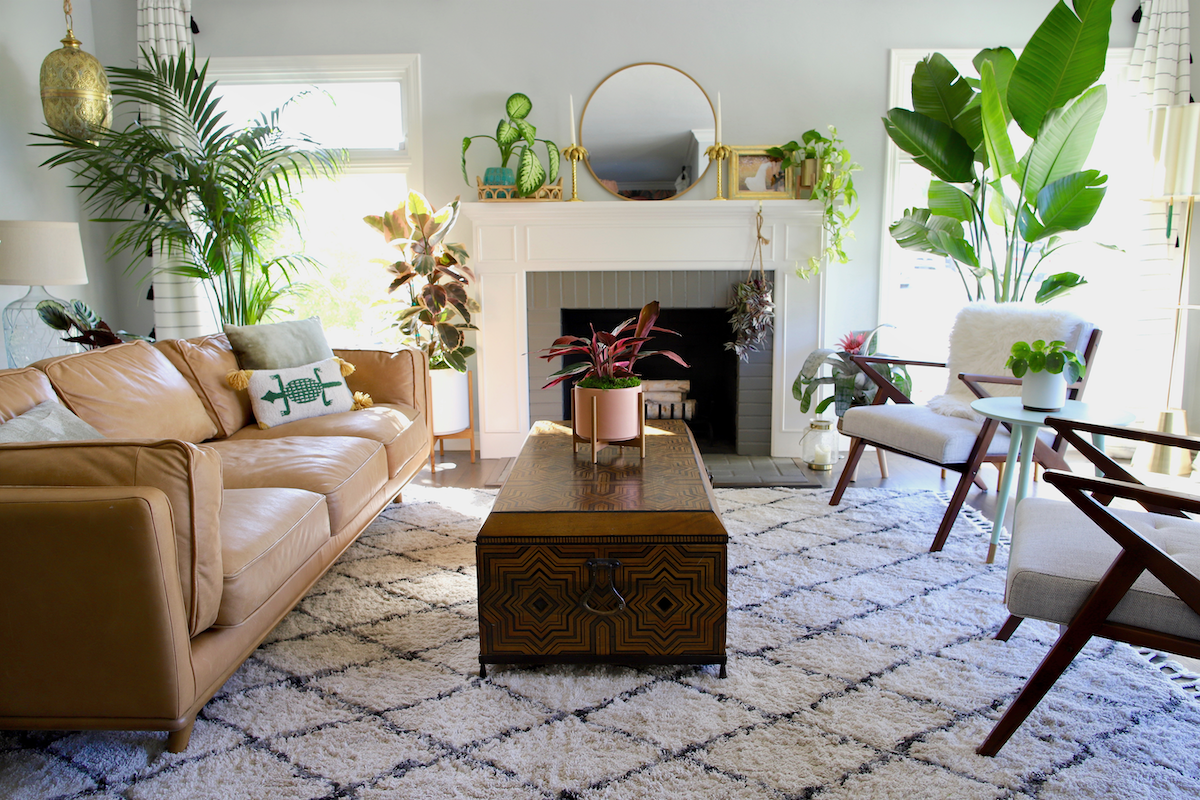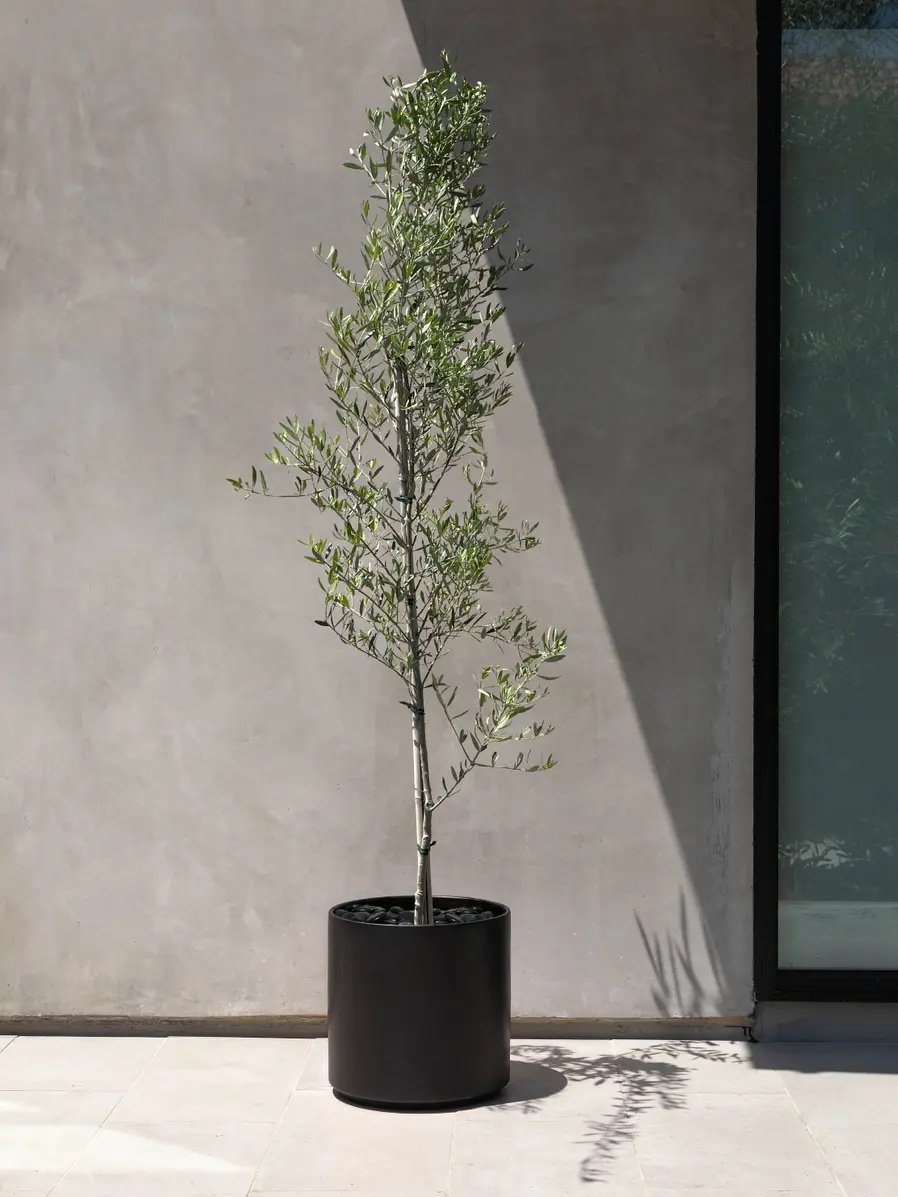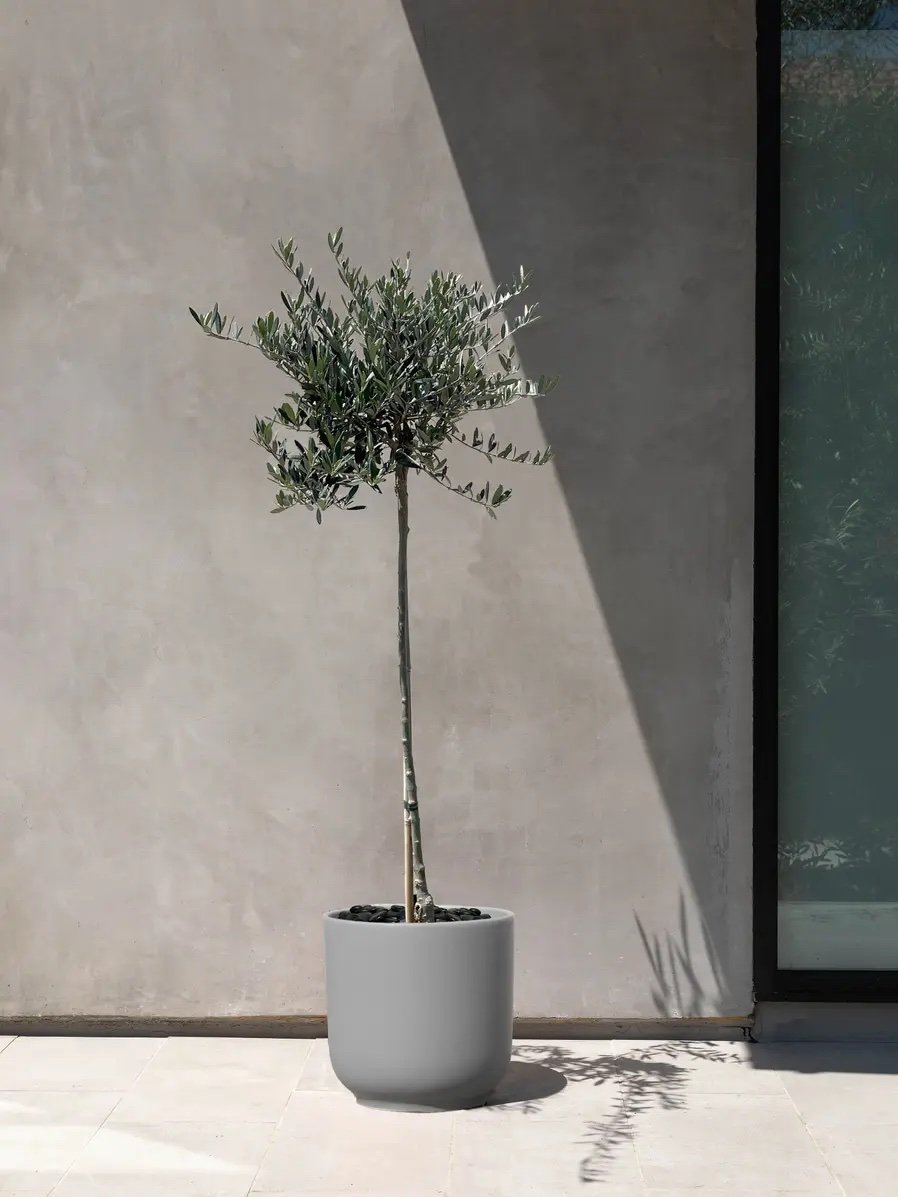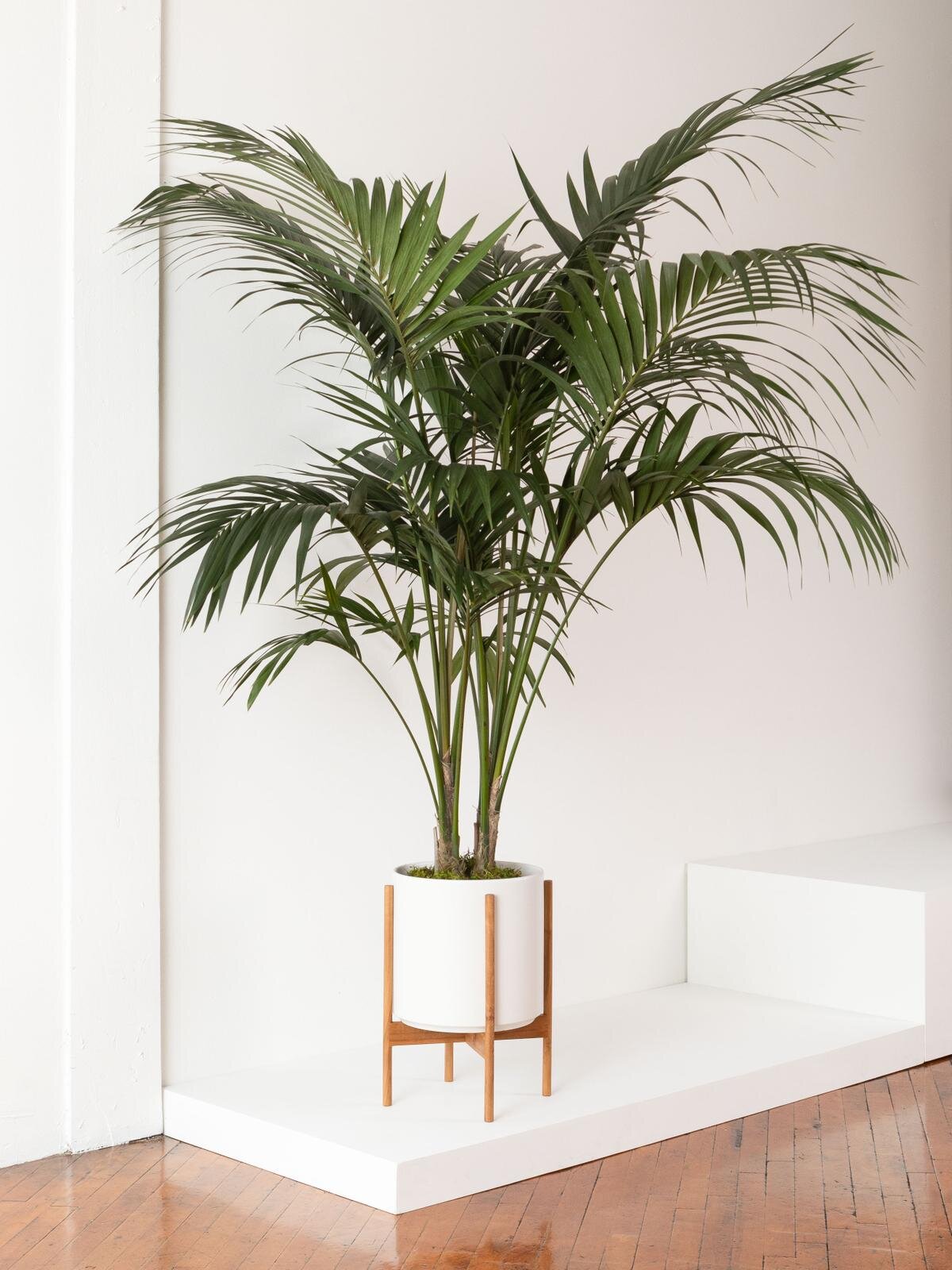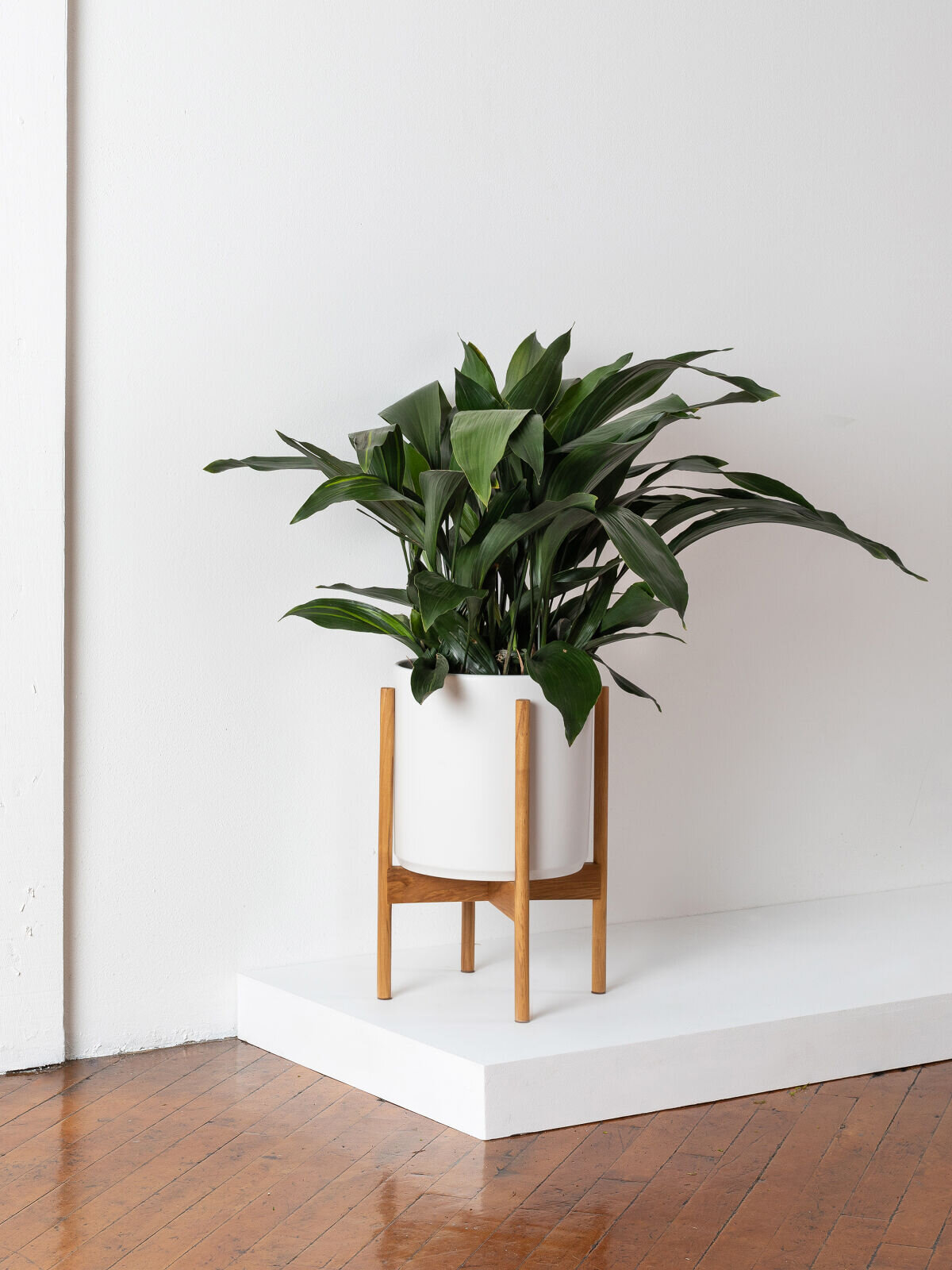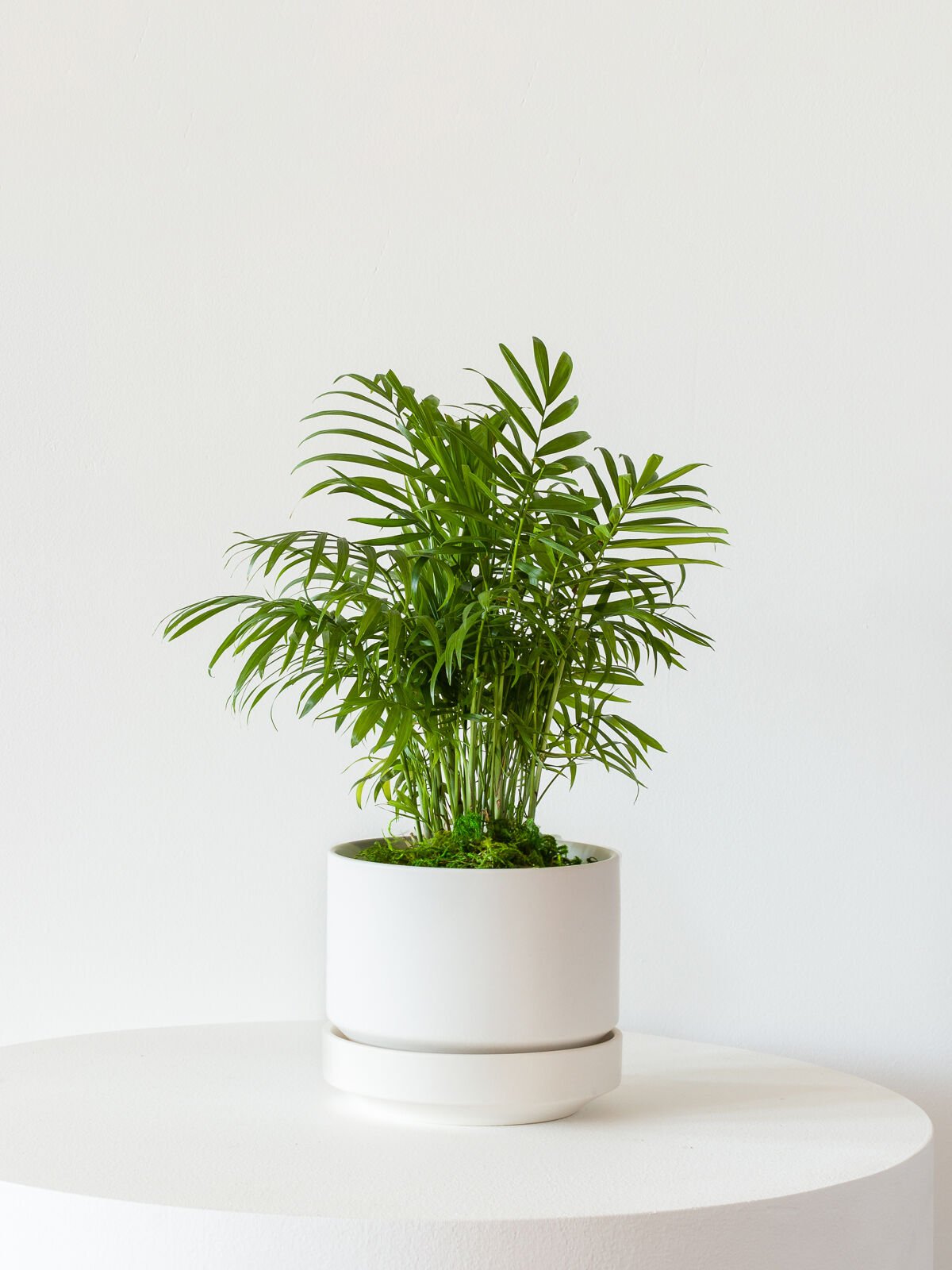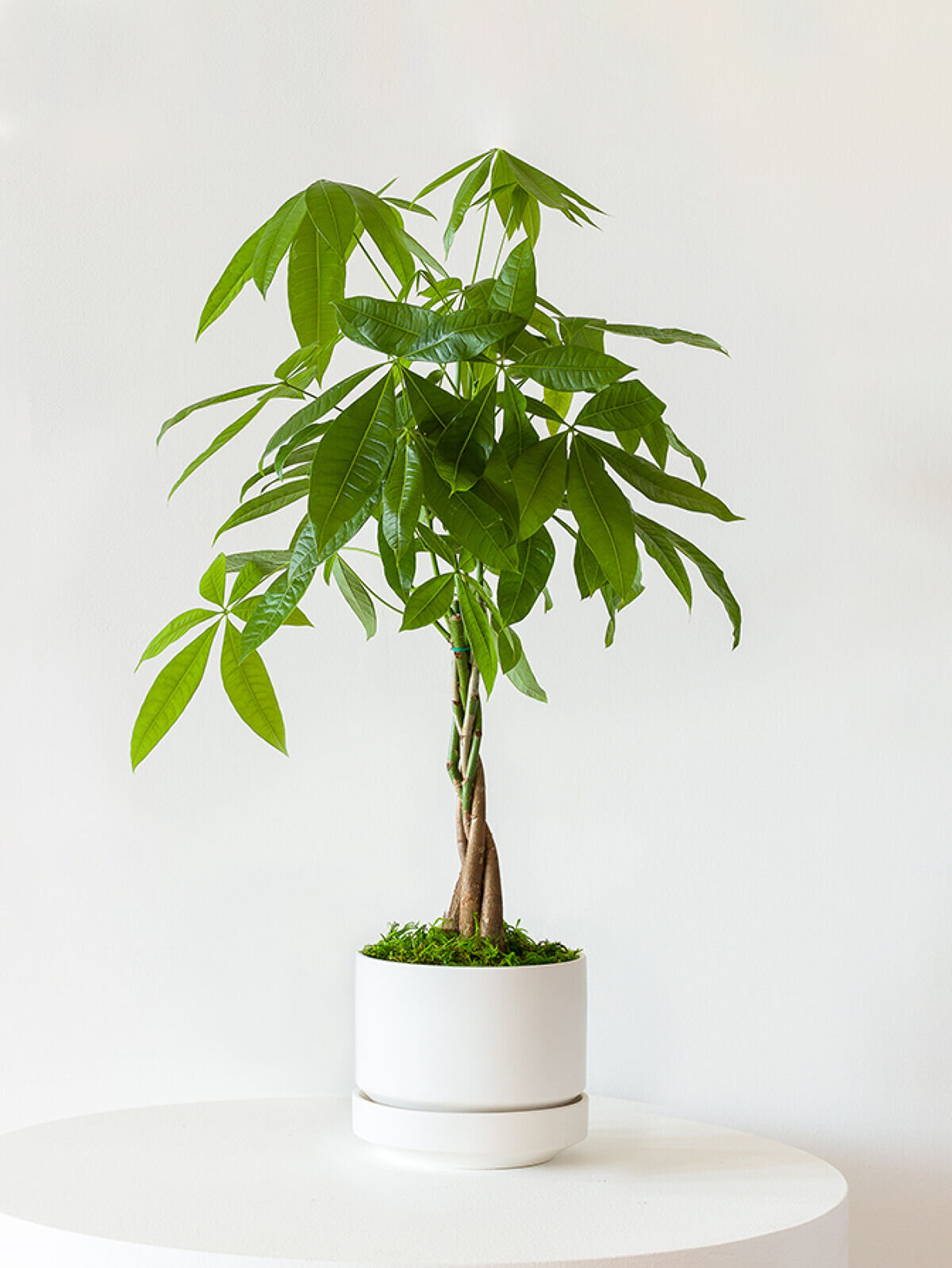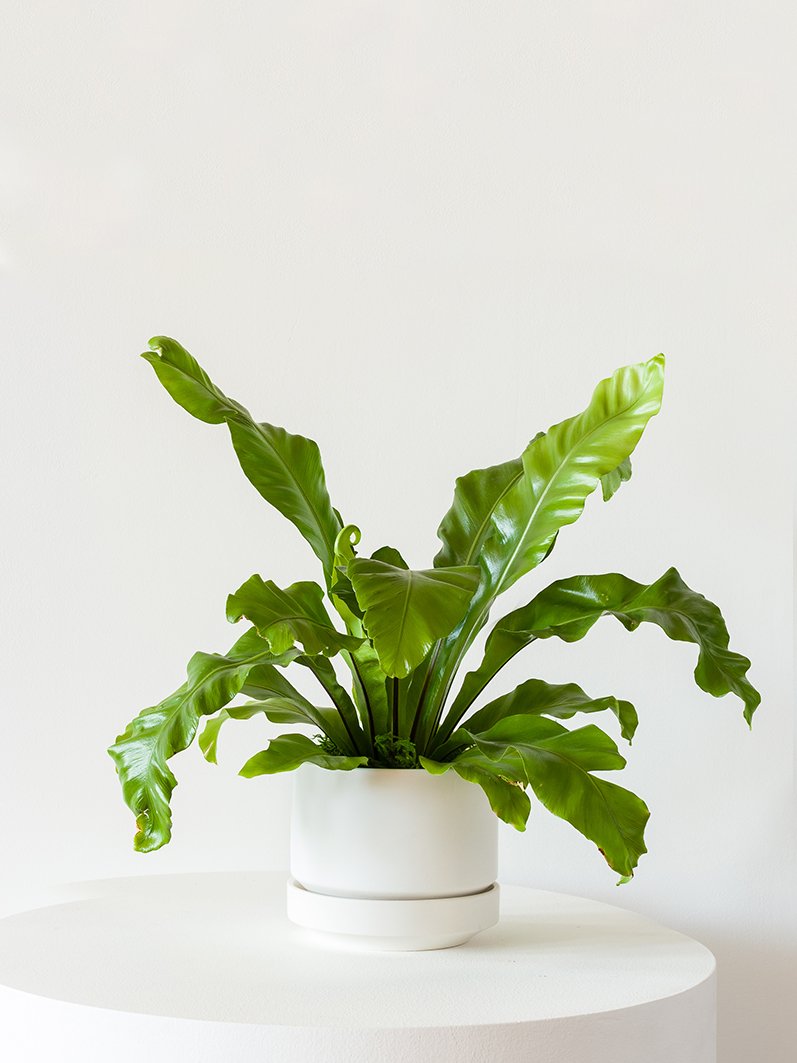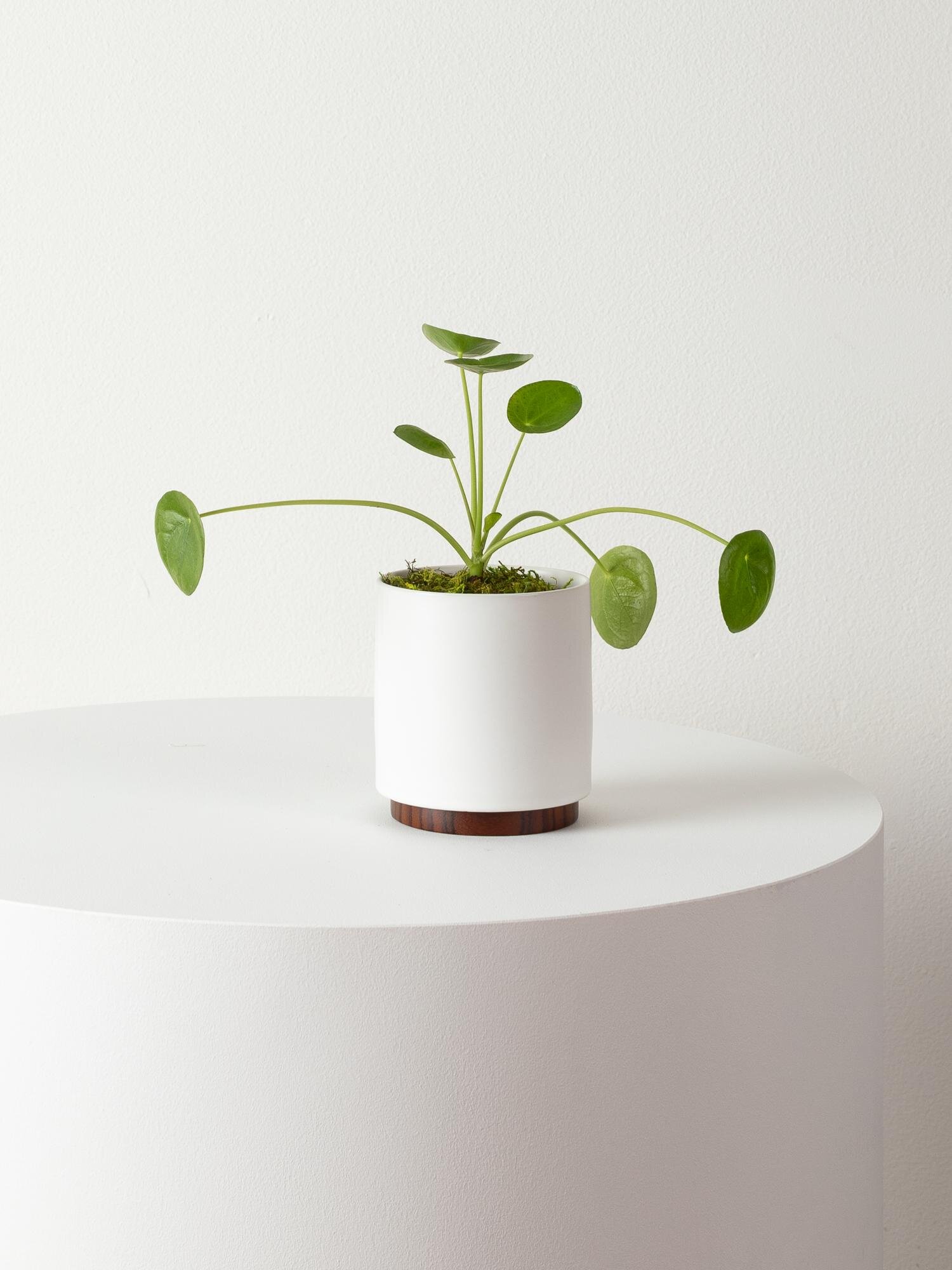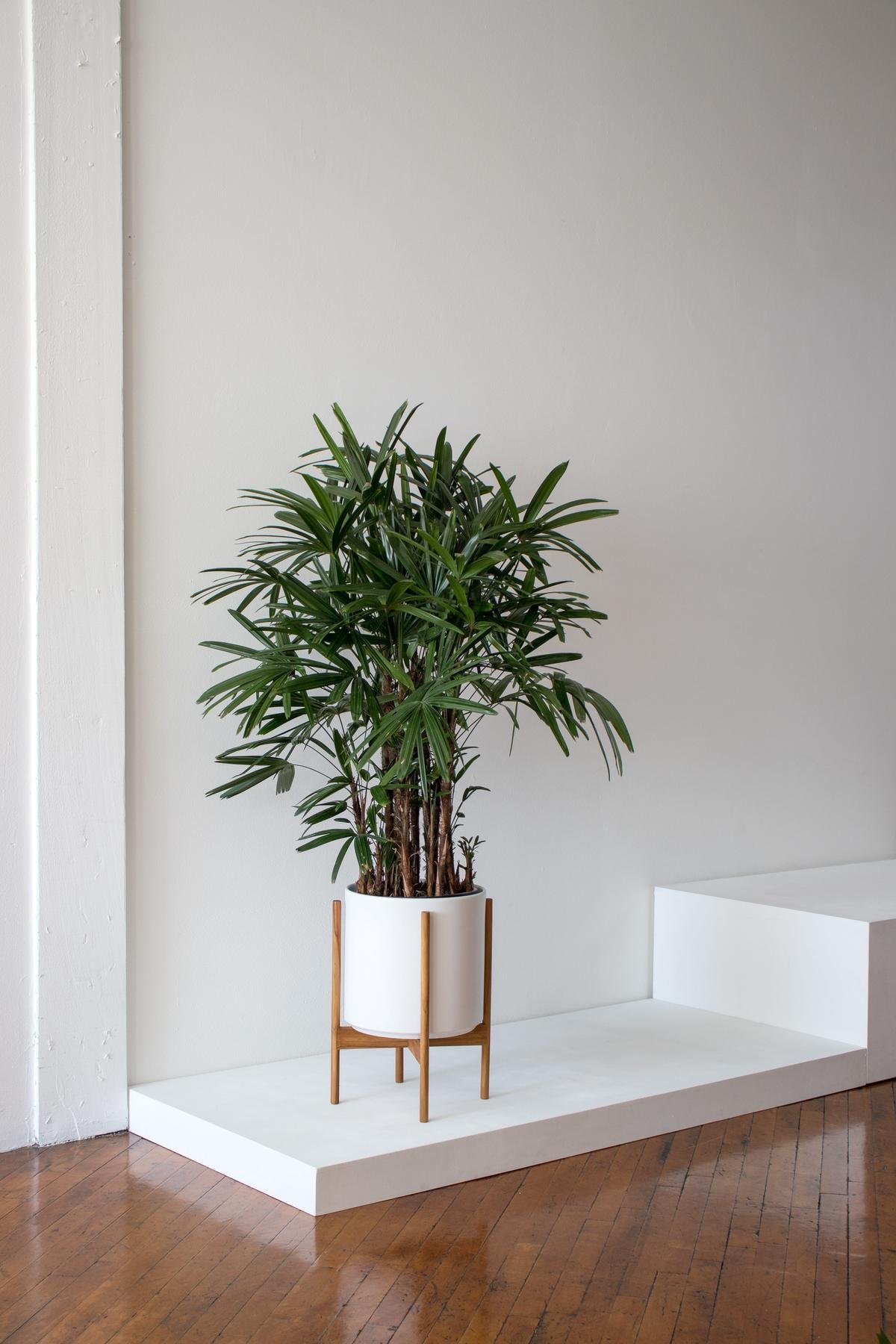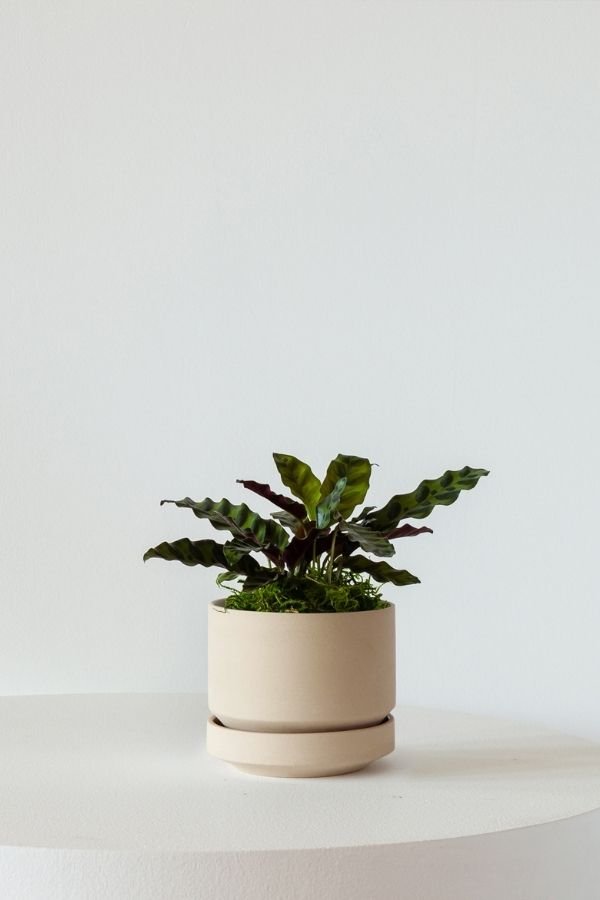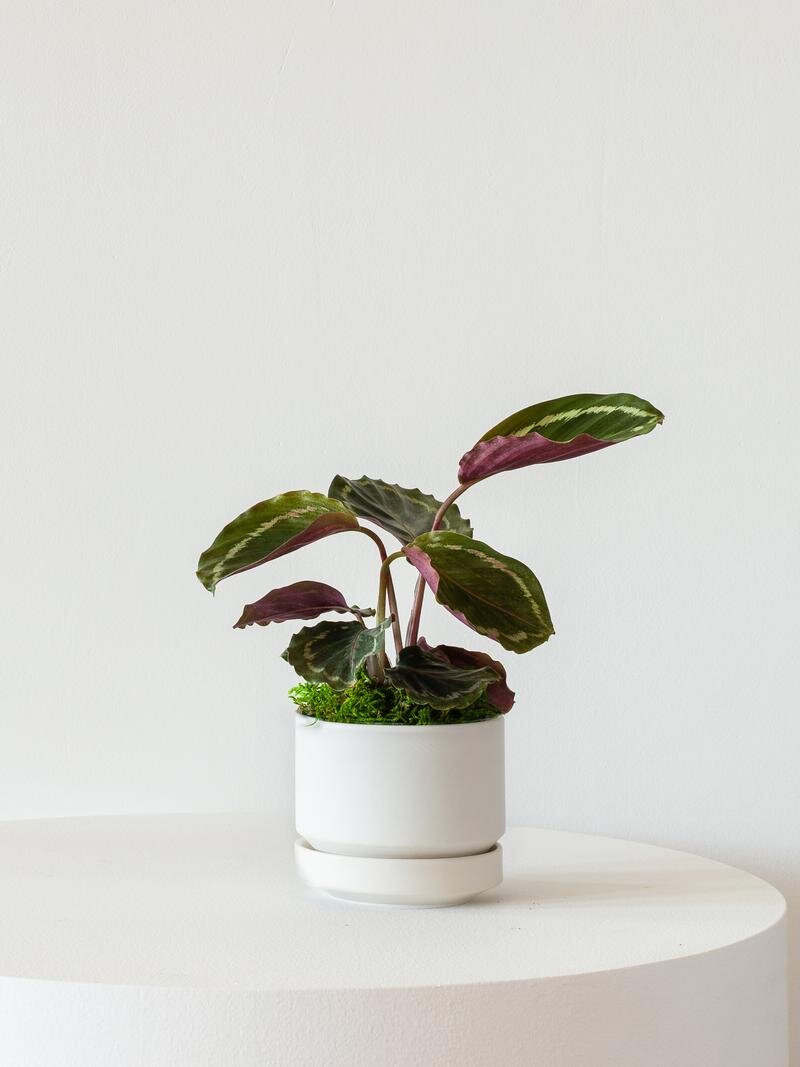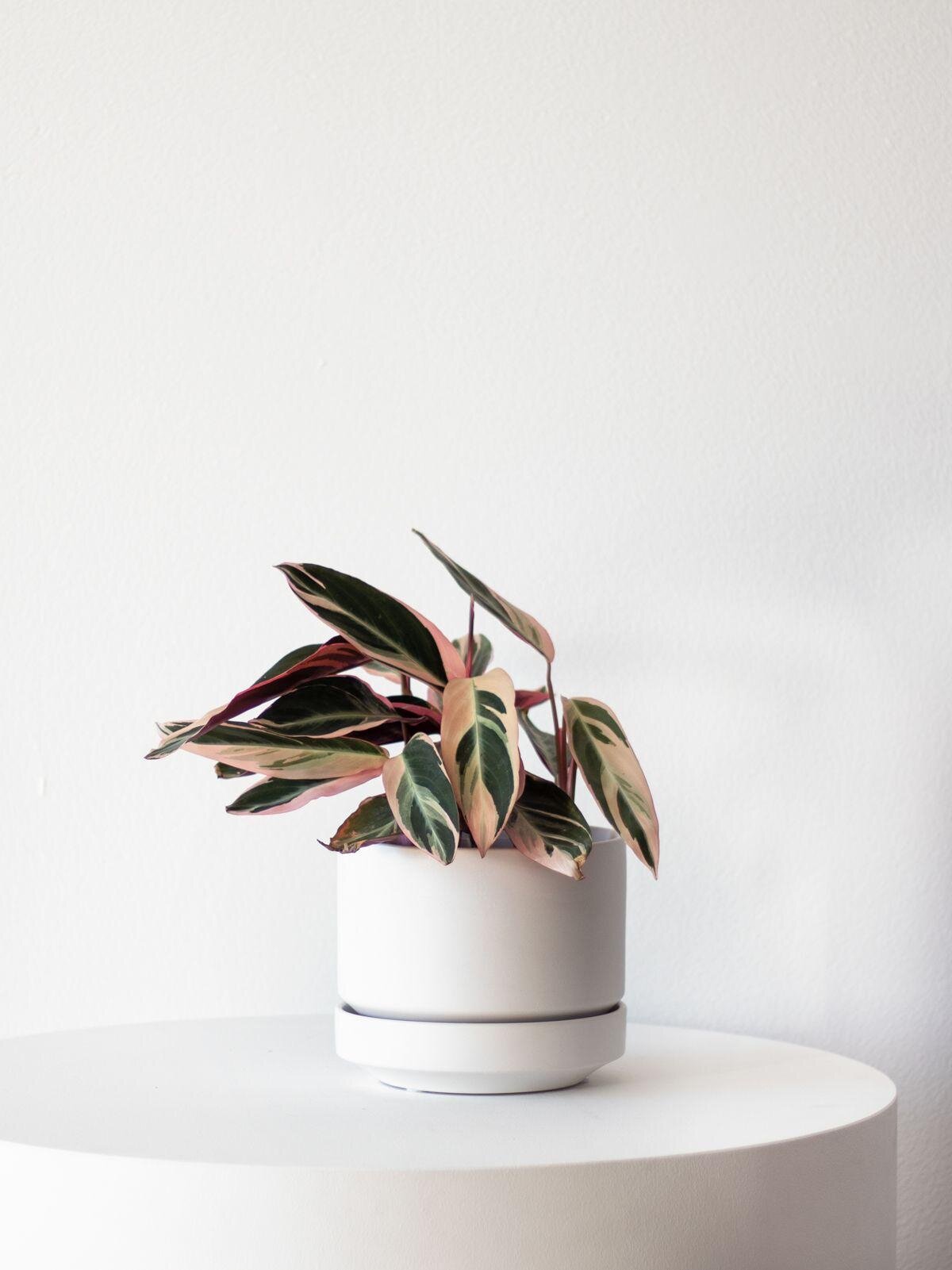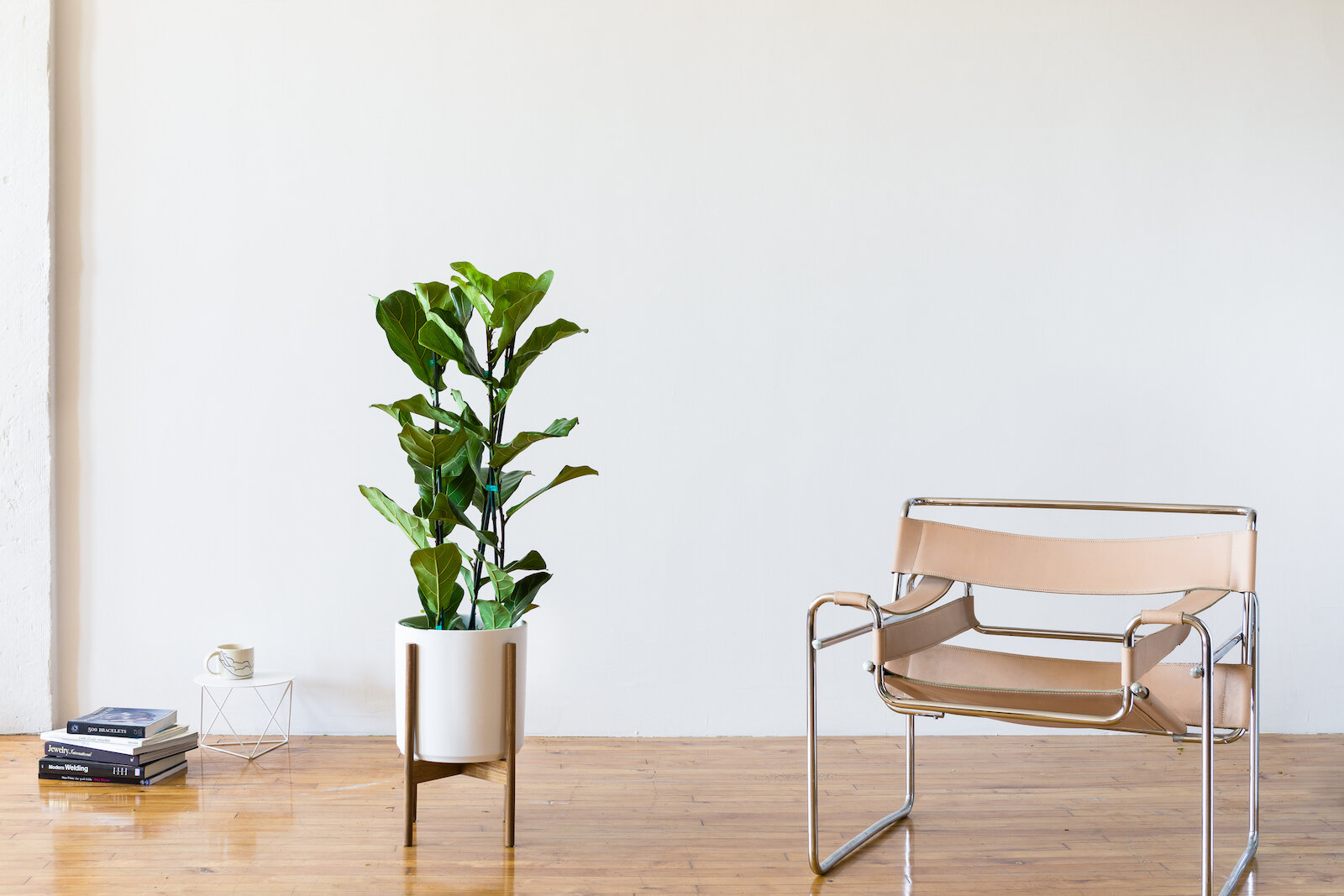Embrace the timeless elegance of the Kentia Palm, a symbol of tropical grace and sophistication.
With their graceful fronds and tropical allure, indoor palms are cherished for their ability to transform any indoor space into a lush oasis. Whether adorning living rooms, offices, or lobbies, these botanical beauties exude elegance and tranquility. While indoor palms like the Kentia Palm and Lady Palm are renowned for their adaptability and low-maintenance nature, providing them with the right nutrients can significantly enhance their growth and vitality. Read on to discover the best fertilizer for indoor palms and how to effectively fertilize these iconic plants for optimal health and beauty.
The Best Plant Food for Indoor Palms
Understanding the NPK Ratio
Indoor palms are slow growers and, like other plants, have specific nutrient requirements essential for their growth and well-being. When choosing a fertilizer for indoor palms, it's crucial to consider the NPK ratio, which represents the proportion of nitrogen (N), phosphorus (P), and potassium (K) in the fertilizer formulation. For indoor palms, a balanced, all-purpose liquid fertilizer with an NPK ratio of 10-10-10 or similar is recommended. This balanced blend ensures that your indoor palms receive the essential nutrients necessary for robust growth and vibrant foliage.
The Best Plant Food for Indoor Palms
While various fertilizers can effectively nourish indoor palms, opting for a high-quality, all-natural liquid plant food is ideal for promoting optimal growth and vitality. Our Boost Vitaminé is specifically formulated to meet the unique nutritional needs of indoor palms, providing them with the essential nutrients they need to thrive. Enriched with natural ingredients, Boost Vitaminé promotes healthy root development, lush foliage, and overall plant vigor, ensuring your indoor palms remain vibrant and flourishing.
Can Fertilizing My Indoor Palm Help It Thrive?
While indoor palms may not bloom like their outdoor counterparts, proper fertilization can significantly enhance their overall health and appearance. By providing your indoor palms with the right nutrients at the appropriate times, you can stimulate robust growth, vibrant foliage, and a thriving, verdant presence in your indoor space.
Elevate your indoor palms with Boost Vitaminé Plant Food – the ultimate nourishment for vibrant growth and lush foliage!
When to Fertilize Your Indoor Palm
Timing is key when it comes to fertilizing palms to ensure optimal growth and vitality. During the active growing season, typically from spring to summer, incorporate a balanced liquid fertilizer into your watering routine every two to four weeks. This regular feeding schedule provides your indoor palms with the necessary nutrients to support healthy growth and vibrant foliage. As fall and winter approach and your palms begin to receive less light throughout the day, reduce fertilization to once every two months to prevent overfeeding and maintain overall plant health.
At Léon and George, we're on a mission to bring the beauty of nature into your daily life. Our hand-selected, California-grown plants such as the Fiddle Leaf Fig Tree, Ficus Audrey, and Bird of Paradise are carefully chosen for their quality, health, and beauty. We believe in simplicity, fairness, and sustainability, sourcing our plants from trusted local growers who share our values. When you bring a Léon and George plant into your home, you're not just getting greenery – you're getting a piece of nature treated with our all-natural products and staged for optimal growth. We're here to make plant ownership accessible and enjoyable for everyone, fostering a connection between people and the natural world.
Designed to Thrive
Premium plants, potted and delivered, plus lifetime access to 24/7 Plant Doctor support.
